Tag
soviet union

The Russian ‘culture of death’ — interview with Andrey Makarychev
Russian society is fragmented and atomized, and does not believe in collective public action—said Andrey Makarychev, Professor at University of Tartu, who left Russia a decade ago. He explains how Russia lost huge parts of its population during the last century, and much more. Interview on Hype&Hyper.
You

strategy
How did the Soviet underground think?
Attempts to define Russian identity have a long history. In the 1960s, a group of thinkers tried to define what was worth thinking and believing about the particularities of the time in the form of an underground movement. Join us to discover the secrets!
The Russian intellectuals turned away from

lifestyle
Capturing the collapse of the USSR and the Dust afterward—Interview with Mariusz Forecki | Printed Pasts
Mariusz Forecki is a documentary photographer and author of several books. In his photobook titled Kurz /Пыль/Dust, he gathered photographs from his numerous travels around the former Union of Soviet Socialist Republics—in the final stage of its existence and during the formation of a new socio-political order. He

strategy
Hard to find national consensus about historical narratives—interview on the Post Soviet heritage
Georgia is a little Christian country in the heart of the Caucasus surrounded by enemies, mostly Muslims, who does not allow us to have the independence and abundance—interview with Nino Kotolashvili, a Georgian historian.
In the post-Soviet countries, it is often difficult to interpret history, to explore its narratives—

design
The past that never came—the Sovietwave phenomenon
Sovietwave is considered to be a subgenre of synthwave and synthpop, and in recent years it has grown into an internet aesthetic. But what exactly does that mean? And why is it so attractive to hundreds of thousands of people worldwide?
Aesthetic
Both ‘vibe’ and ‘aesthetic’ have a wide range
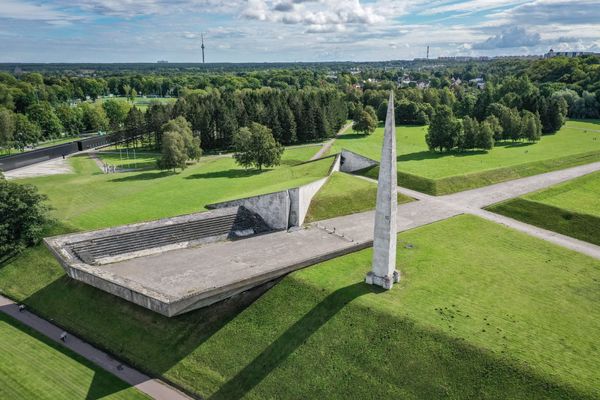
design
Monstrous remnants of the Soviet regime: Tallinn’s Brutalist architecture | TOP5
Contrary to popular belief, Brutalist architecture is not closely related to socialism: the style first appeared in England in the 1950s. Still, in socialist countries such as Estonia, it became inseparable from the political system of that time.
Author: Zsófia Tóth
Brutalism was popular in the fifties, sixties, and seventies,
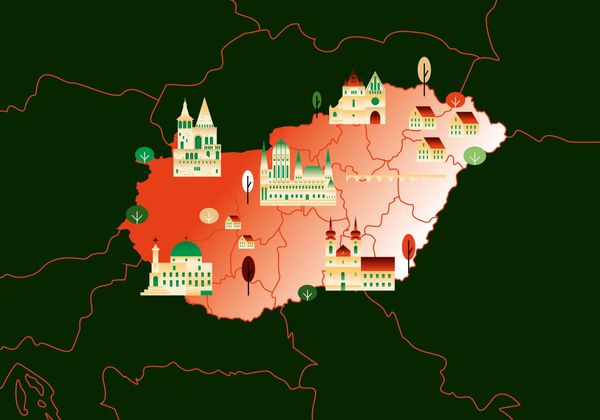
strategy
How do Hungarians define democratic transition? | The transition to democracy in our region – Part VIII.
More than thirty years have passed since the dissolution of the Soviet Union, which left an enormous economic and political void in Central and Eastern Europe. In this series of articles, we explore the responses of the countries of the region to the new circumstances: how they could adapt to
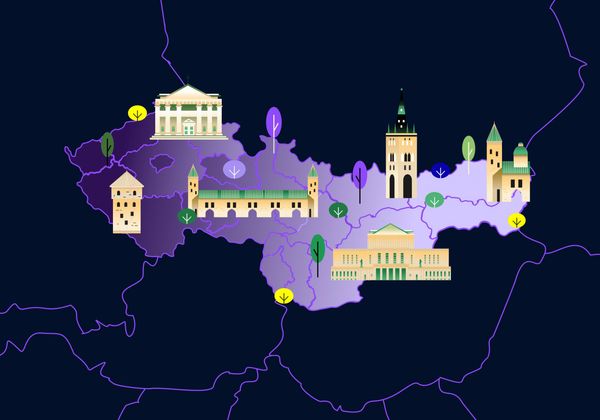
business
The transition of two countries in one: Czechoslovakia | The transition to democracy in our region – Part VII.
More than thirty years have passed since the dissolution of the Soviet Union, which left an enormous economic and political void in Central and Eastern Europe. In this series of articles, we explore the responses of the countries of the region to the new circumstances: how they could adapt to
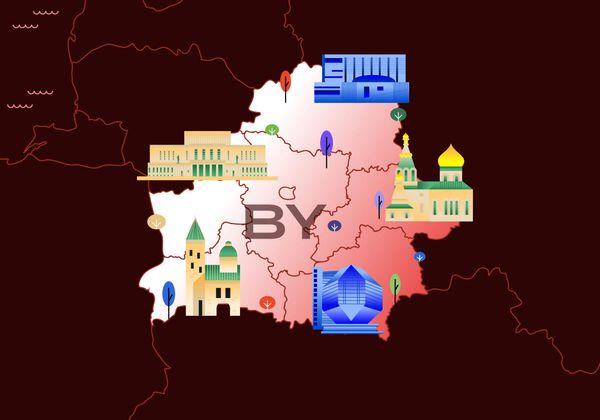
business
Belarus, who failed | The transition to democracy in our region – Part V.
More than thirty years have passed since the dissolution of the Soviet Union, which left an enormous economic and political void in Central and Eastern Europe. In this series of articles, we explore the responses of the countries of the region to the new circumstances: how they could adapt to
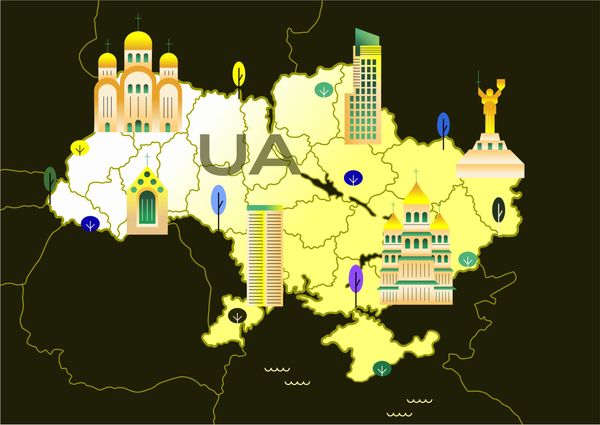
russia
Struggling Ukraine | The transition to democracy in our region – Part IV.
More than thirty years have passed since the dissolution of the Soviet Union, which left an enormous economic and political void in Central and Eastern Europe. In this series of articles, we explore the responses of the countries of the region to the new circumstances: how they could adapt to
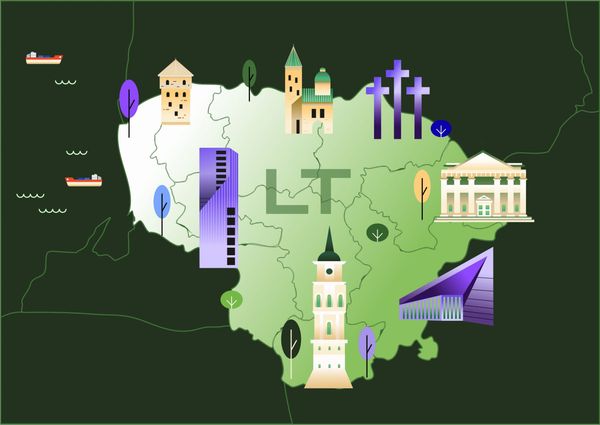
community
Lithuania: borrowing population is impossible | The transition to democracy in our region – Part III.
More than thirty years have passed since the dissolution of the Soviet Union, which left an enormous economic and political void in Central and Eastern Europe. In this series of articles, we explore the responses of the countries of the region to the new circumstances: how they could adapt to
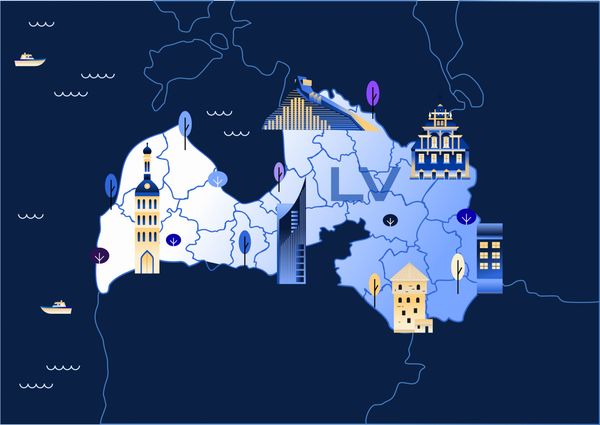
business
Latvia, who quickly settled in – The transition to democracy in our region - Part II.
More than thirty years have passed since the dissolution of the Soviet Union, which left an enormous economic and political void in Central and Eastern Europe. In this series of articles, we explore the responses of the countries of the region to the new circumstances: how they could adapt to
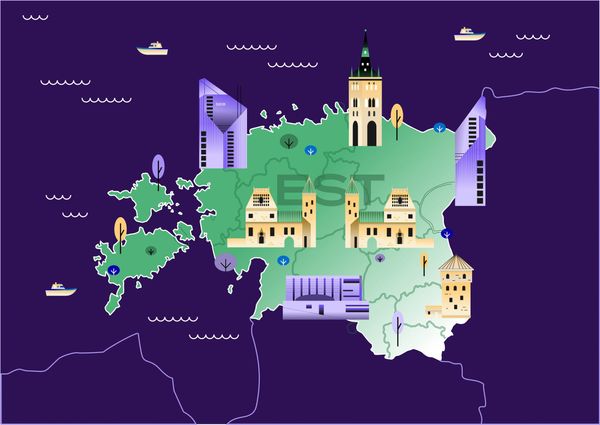
business
Estonia: the powerhouse of innovation | The transition to democracy in our region I.
More than thirty years have passed since the dissolution of the Soviet Union, which left an enormous economic and political void in Central and Eastern Europe. In this series of articles, we explore the responses of the countries of the region to the new circumstances: how they could adapt to

community
From the Volga to the Danube—to be Russian in Hungary
It is not surprising that countless Russian, Ukrainian, and Belarusian people have found their home in Budapest (and, of course) in Hungary in recent decades. What is perhaps more interesting is that although they did not form a unified, closed world like the Chinese in Chinatown (which I wrote about
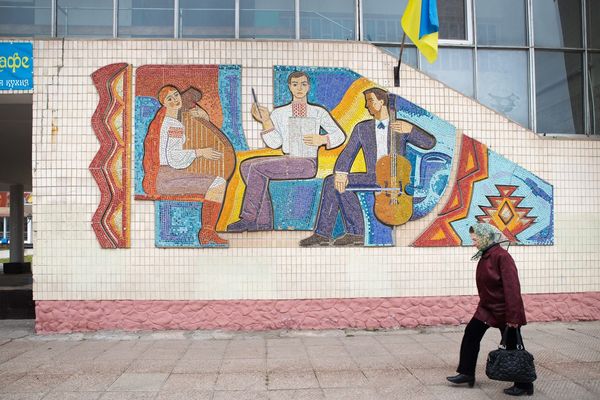
architecture
Soviet mosaics for eternity | Kyiv, Ukraine
One can see many spectacular mosaics on the territory of the former Soviet
Union. A significant part of the works of arts covering the façades of public
institutions or appearing on the walls of tiny bus stops has vanished over the
years. Luckily, Kyiv-based photographer Yevgen Nikiforov took no chances
A weboldal sütiket (cookie-kat) használ, hogy biztonságos böngészés mellett a legjobb felhasználói élményt nyújtsa.








